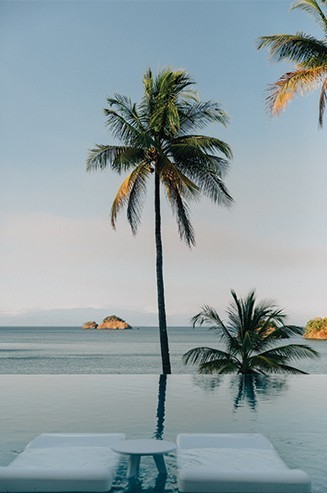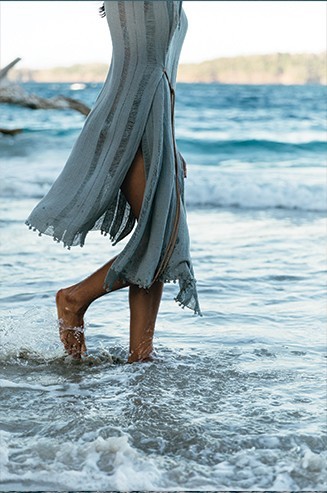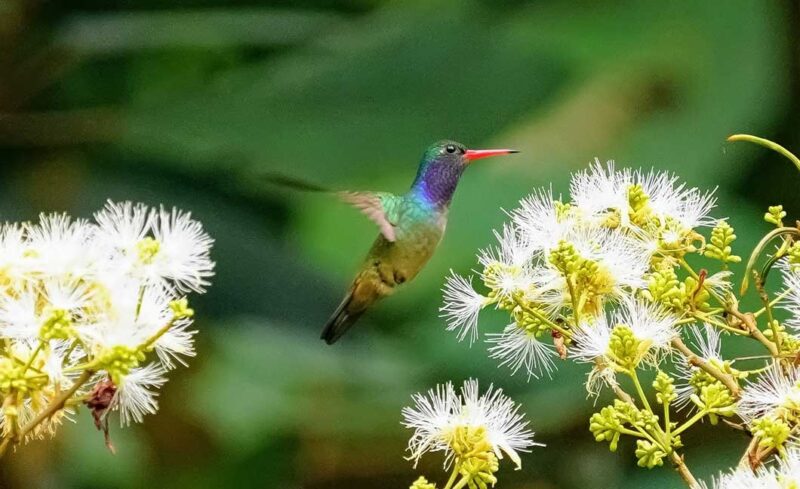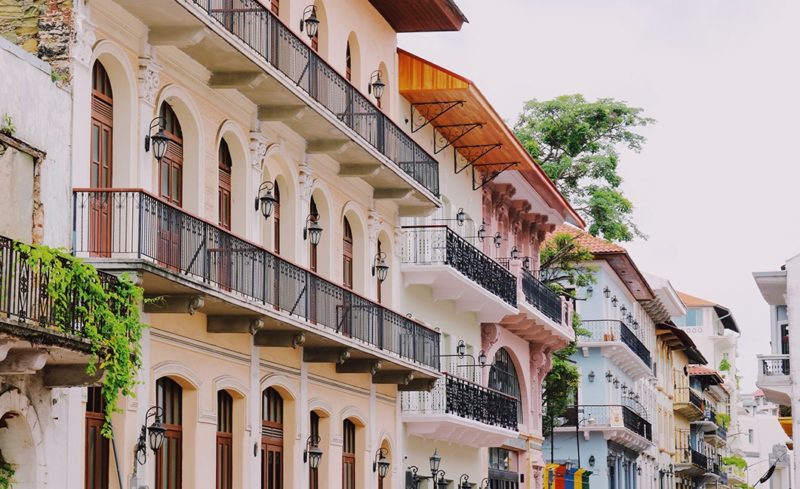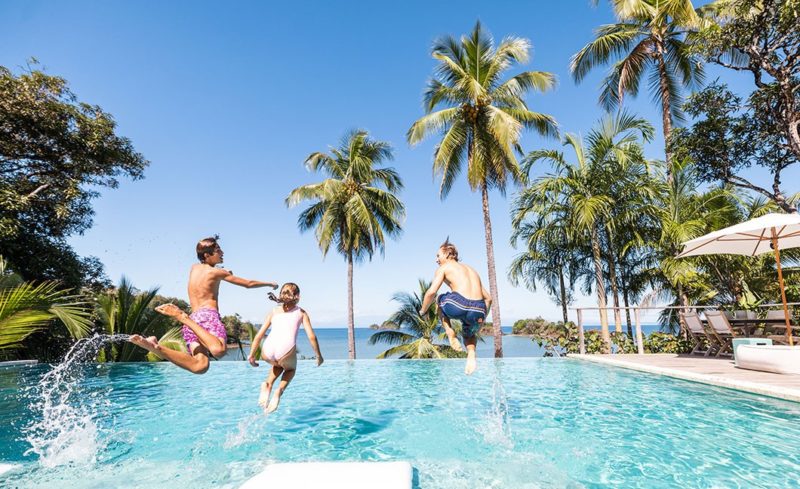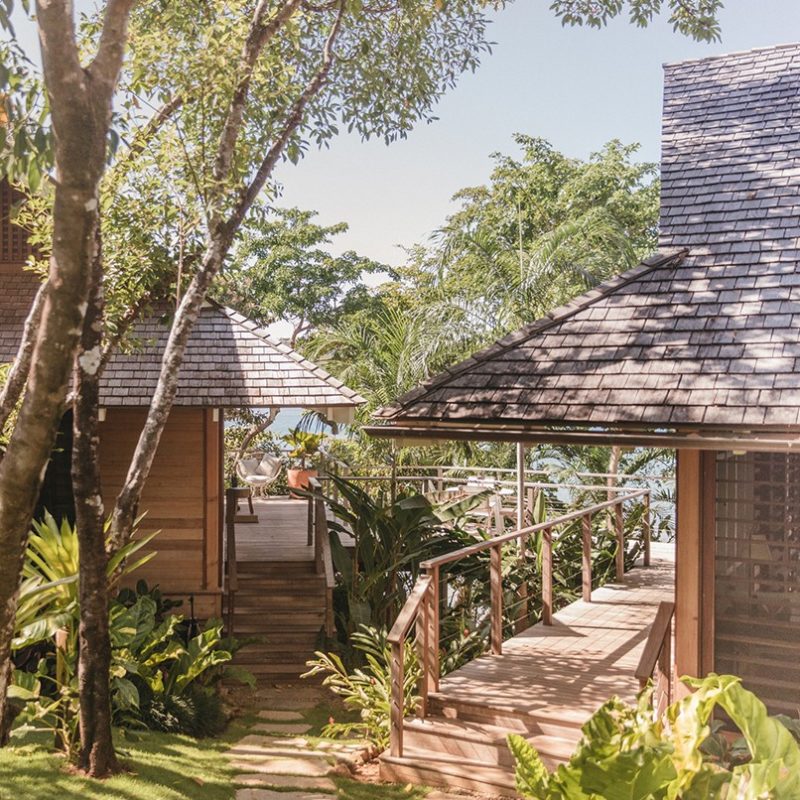Catalina Gomez tells us all about the Islas Secas Foundation’s fantastic work
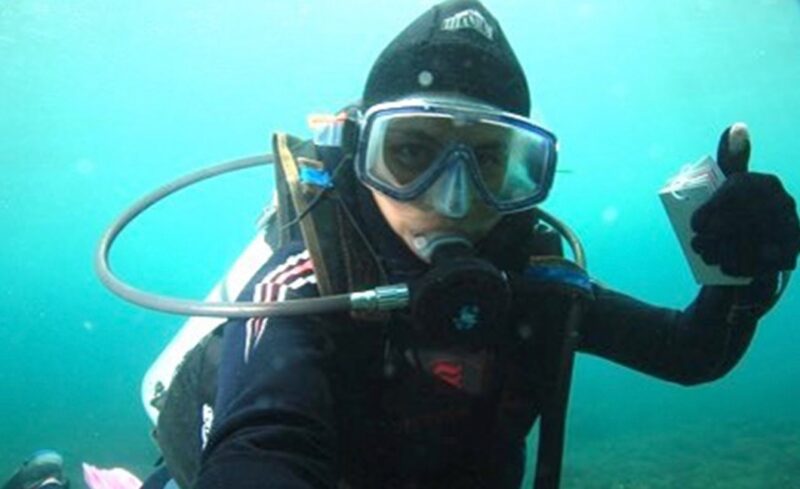
Q: What do you do?
I’m a marine biologist, and the in-country Grants and Partnerships consultant for the Islas Secas Foundation (ISF). That means I secure, manage and grow conservation initiatives and community programs in Panama, funded by Islas Secas.
Q: Tell us a little about your work…
I have a PhD in marine ecology and have been studying this area for over 14 years, including writing scientific publications on coral resilience and the migratory behavior of marine megafauna. I’ve also collaborated in the implementation of marine protected areas and fishing regulations.

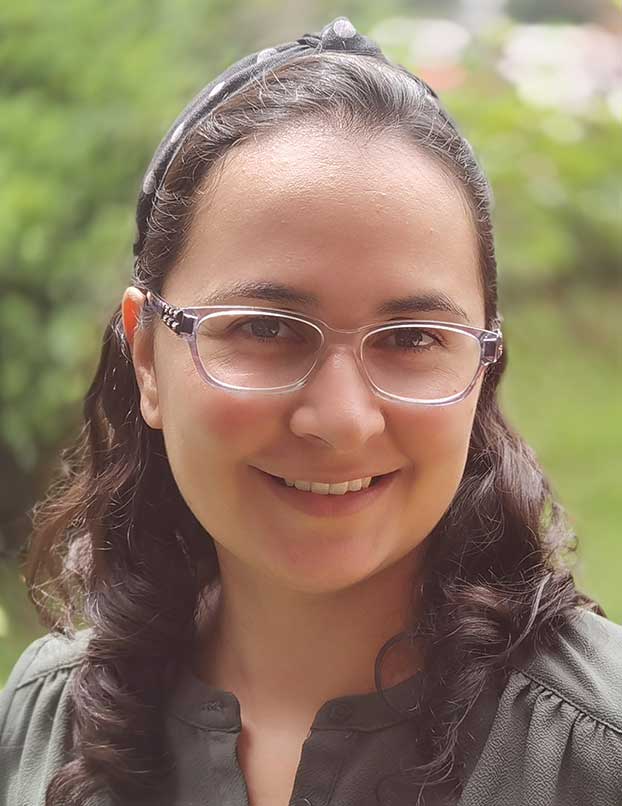
Q: And what does your role for the Islas Secas Foundation entail?
Meeting with grantees, getting to know their projects, making connections between partners, and identifying opportunities for collaboration.
Q: What does the ISF do?
It supports conservation projects, specifically in the Chiriquí region, a biodiversity hotspot. These include restoring critical habitats such as mangroves, promoting environmental education, and studying endangered migratory species. ISF also works with local communities and institutions supporting capacity building, advocacy, and science-based environmental management.
Q: Tell us about a project that you love…
I love them all! Our project with MarViva is very special. Together, we help promote science-based conservation strategies, involving local government agencies and community members such as local fishermen and tourist operators. We also have an education component directed to a general audience.
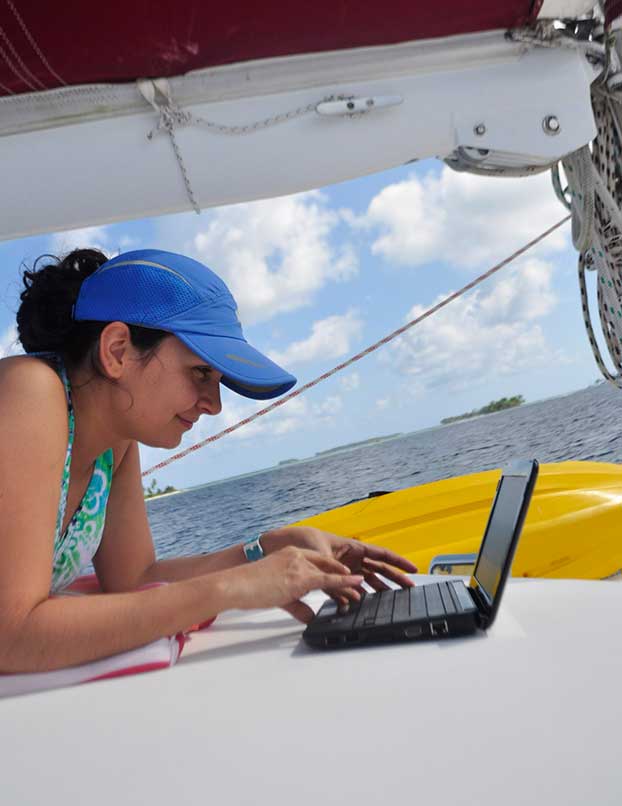
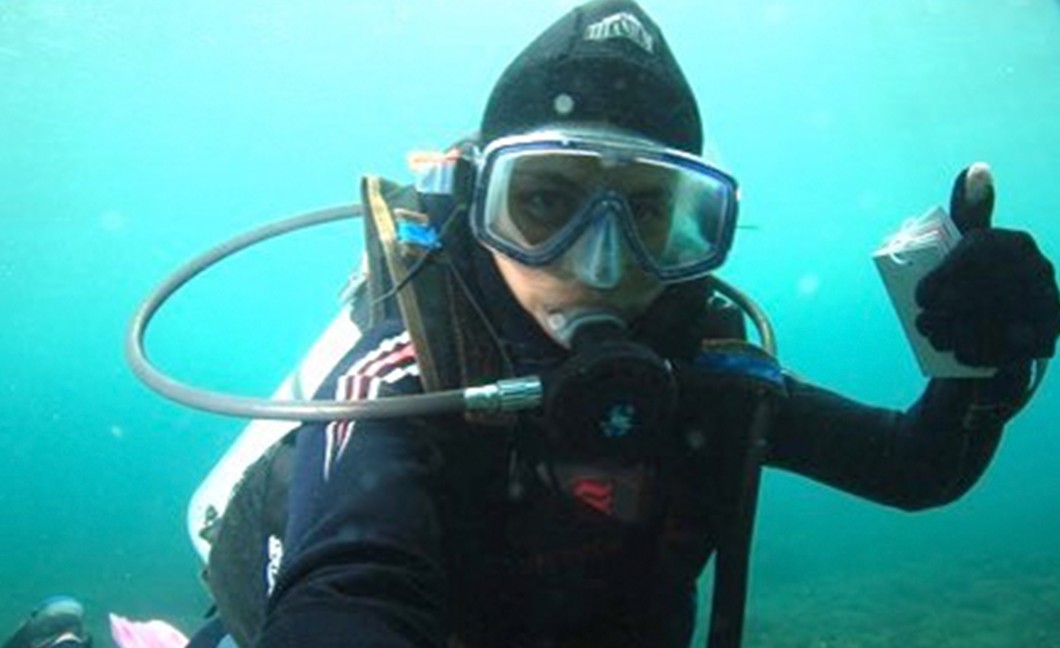
Q: How can Islas Secas guests get involved in the ISF?
As well as various citizen science projects at Islas Secas, such as helping to monitor the population of soaring frigatebirds, guests are invited to donate to our various fantastic projects – from protecting leatherback turtles to environmental education and the study of migrating humpback whales. You can find out more here.
Q: What’s been your top experience in the Chiriquí area?
When I was studying soft coral communities around Coiba Island, I would scuba dive along rocky walls filled with life, surrounded by hundreds of species. On one special occasion I was taking pictures of my study plots and heard the humpback whales singing their mating calls. At the same time, a reef shark was swimming over me, a manta ray was on my left and a hawksbill turtle on my right, all in bright blue, clear water. It was too much to take in when I was supposed to be working!
